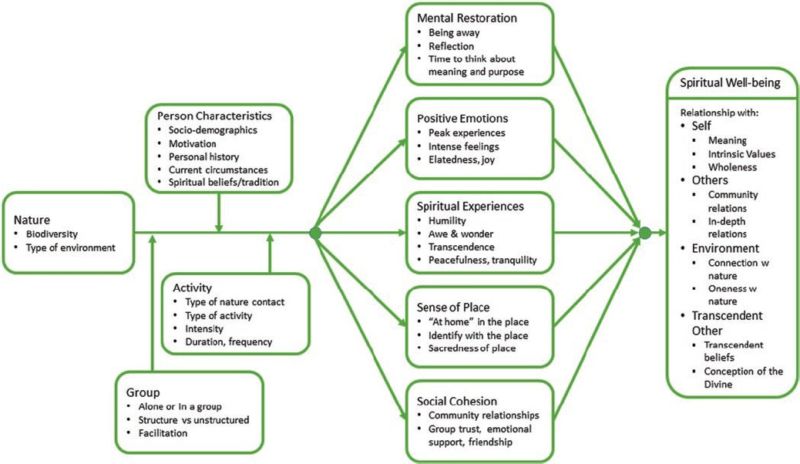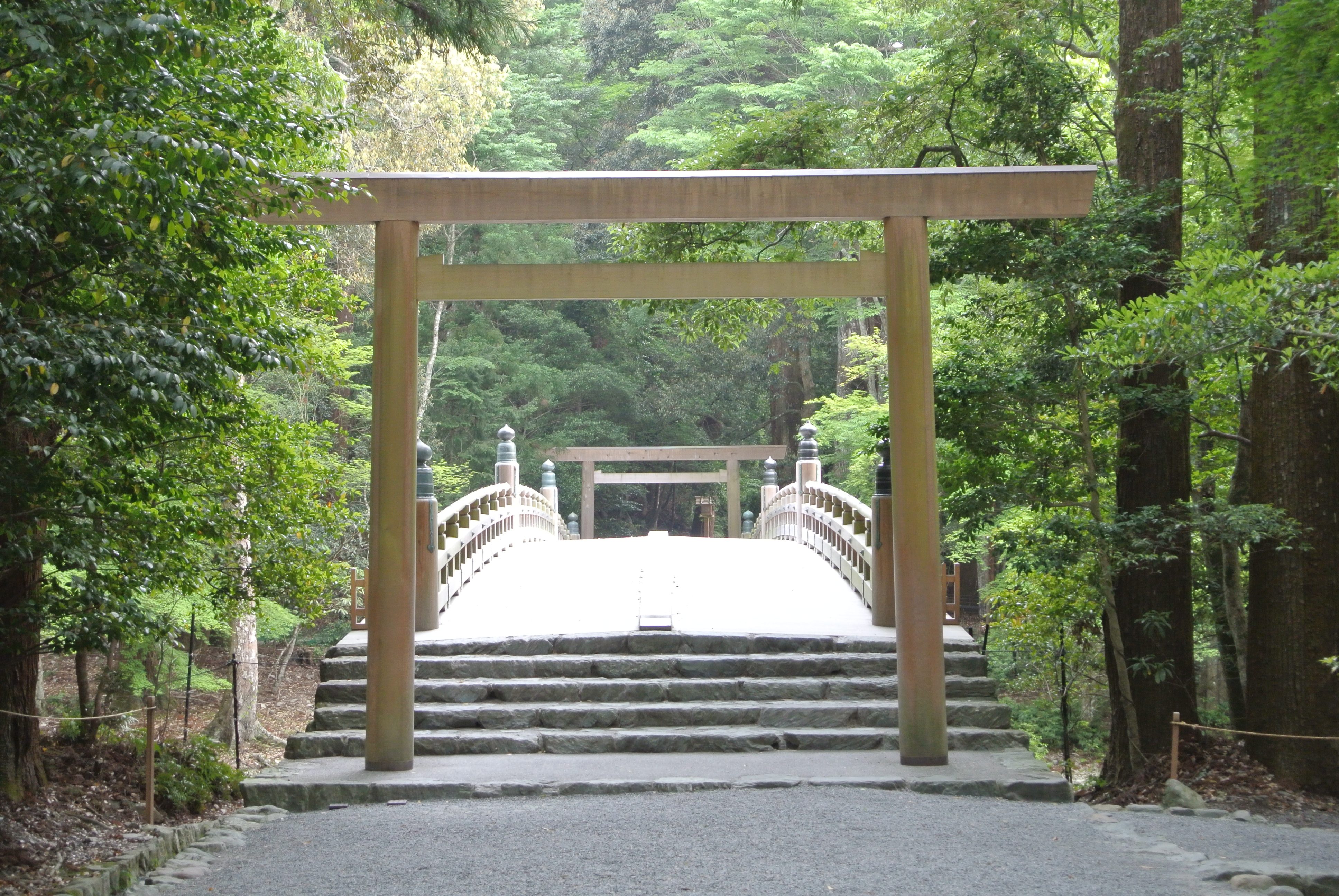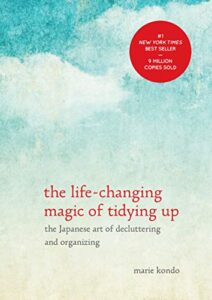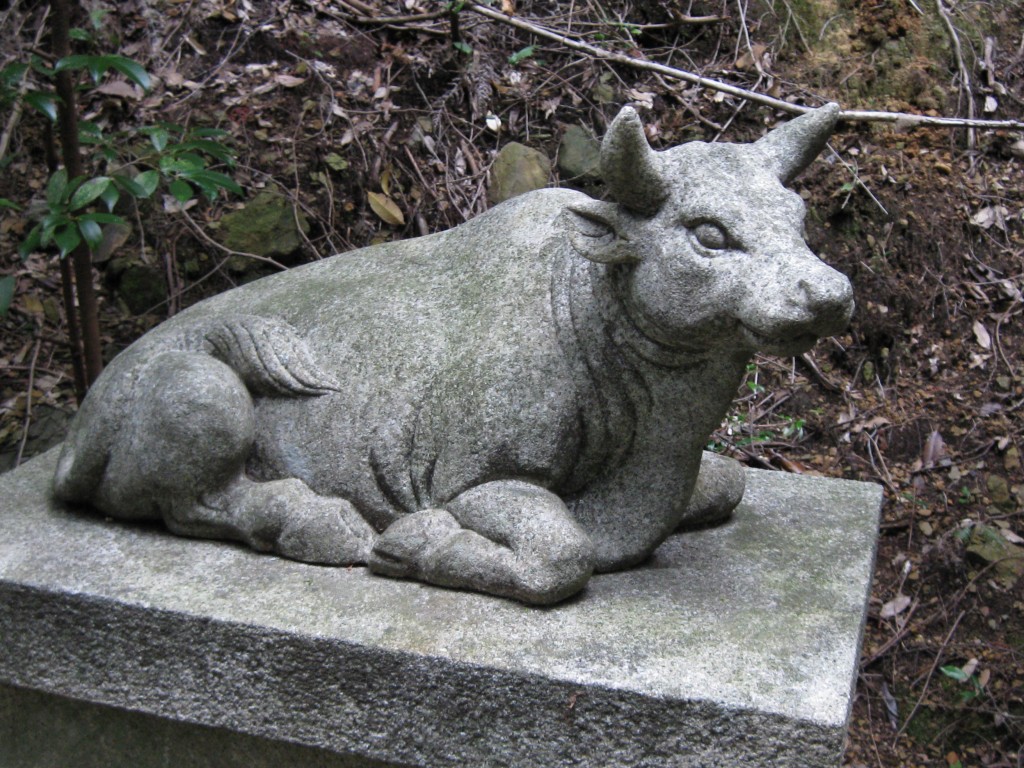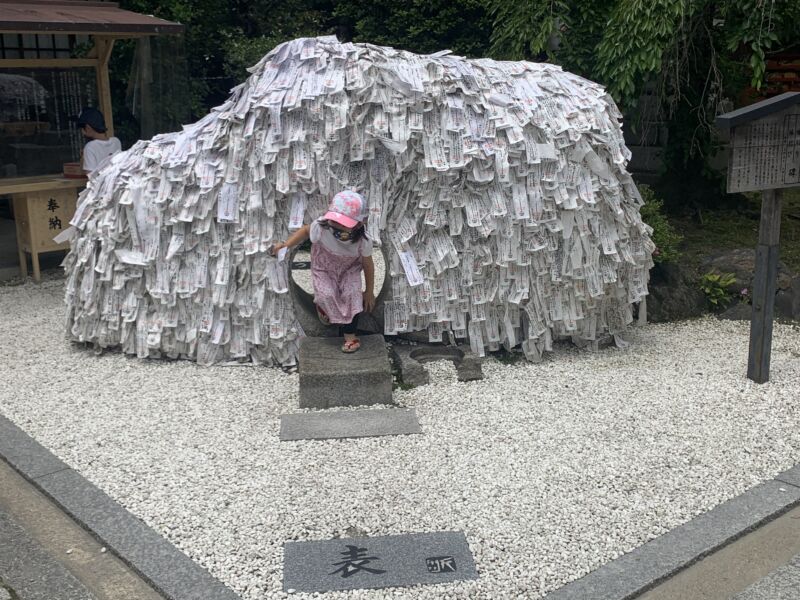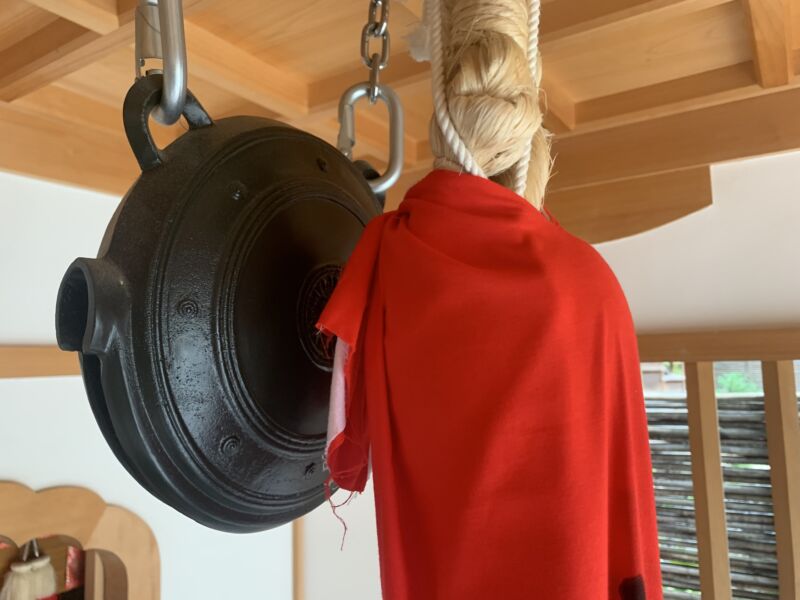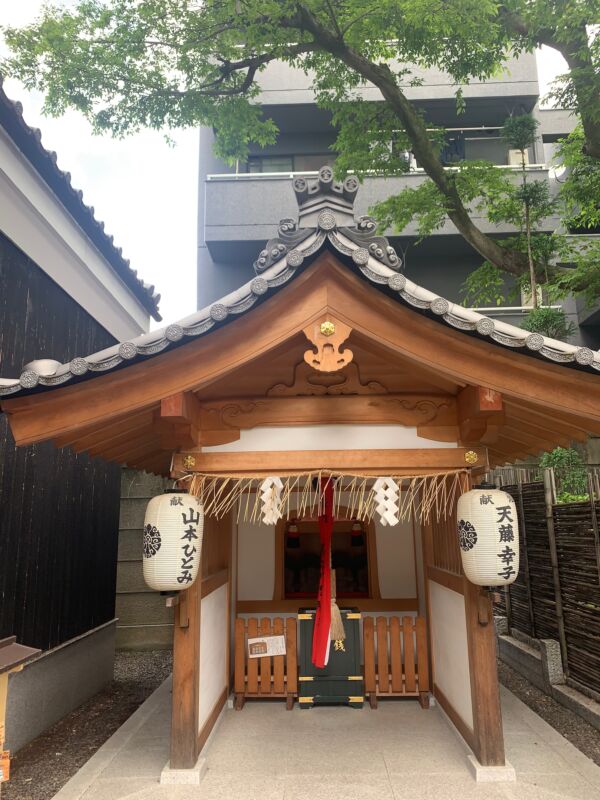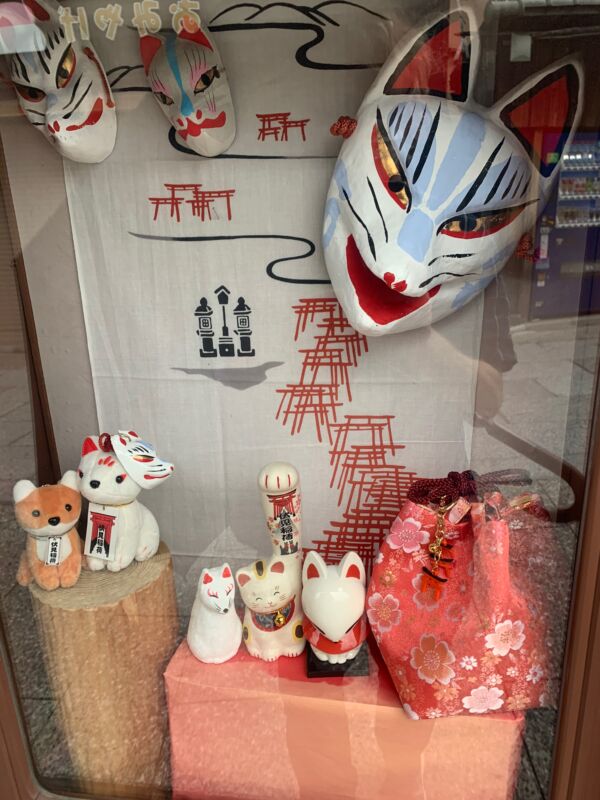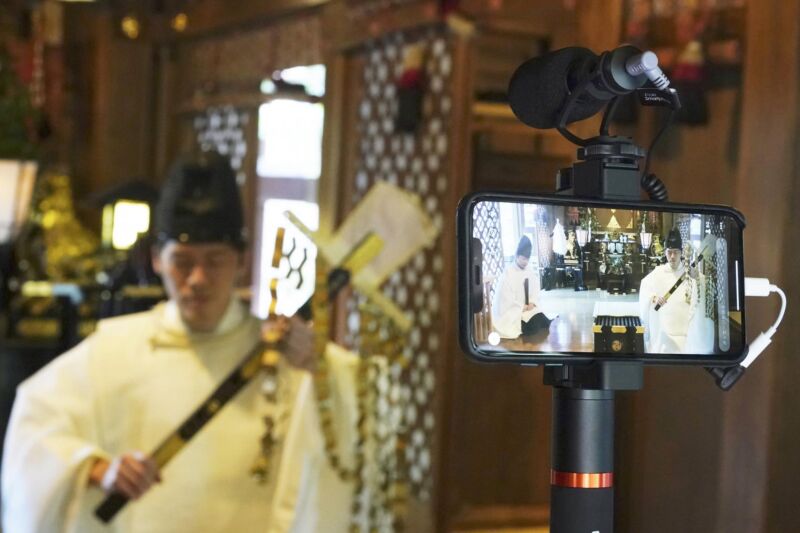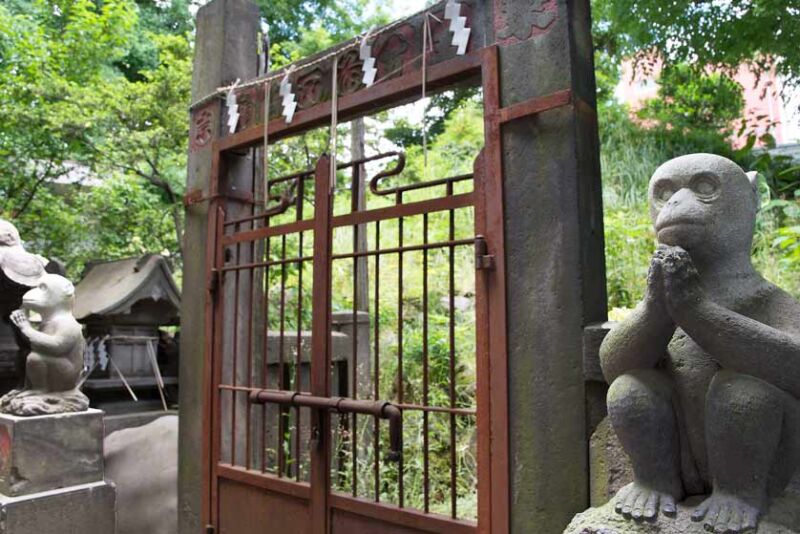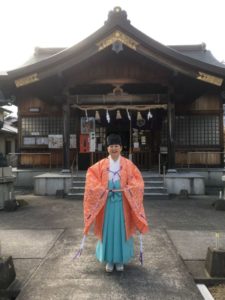
Zoom and live streaming have been enjoying a heyday, thanks to the social distancing necessary to combat the Corona virus. Shinto shrines too have been exploring online possibilities while cancelling festivals and taking precautions to avoid crowds and the sharing of ladles at water basins, etc.
From an international viewpoint nothing has been quite so exciting as the live streaming on youtube of bilingual rituals by the Shinto Shrine of Shusse Inari in America. Because its parent shrine in Matsue, Shimane Prefecture, holds an annual Natsu Matsuri (Summer Festival), the Los Angeles branch shrine set up by Rev Izumi Hasegawa decided this year to hold a ritual at the same time – and to do it in virtual space rather than at a physical shrine.
The online event lasted a total of 30 minutes and was very smoothly managed. The priestess spoke directly to camera at the outset, with a large backdrop of the parent shrine. She then carried out the service on audio, while a bilingual card was shown on screen of the order of service. The event was dedicated to ‘Rapid End of Coronavirus Pandemic’, as you can see below.
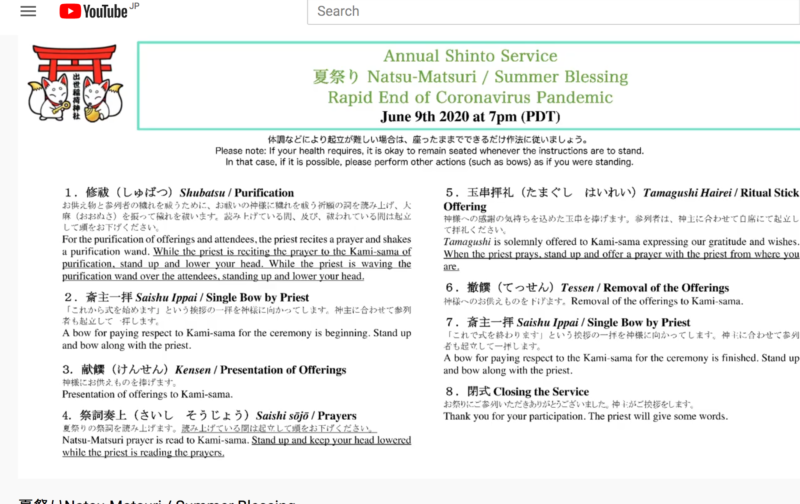
The ritual had a pleasing symmetry. Opening ritual (purification), bow of respect and offerings were the prelude to the main focus of the event, a prayer and tamagushi presentation directly to the kami. Then in reverse order to the first half, there followed removal of offerings, deep bow of respect and closing remarks.
Everything was carried out in crisp and clear fashion, with prayers in Japanese prefaced by a simple explanation in English with directions as to whether to stand, or sit, or bow. Indeed, despite not being able to see the priestess there was a sense of real participation through the constant actions required throughout the proceedings.
During the twenty two minute ritual we were asked to stand up at least five times, and as well as the deep bows of respect we were guided through the conventional prayer mode of two bows, two claps and one bow. It was evident that the proceedings had been carefully thought through so that there were no moments of confusion. ‘I will countdown 3-2-1, then deep bow,’ ran one easy to follow instruction.
An interesting feature was the lively accompaniment during the unseen presentation of offerings of what sounded like a recording of festival music with drum and flute. Also, another innovation, during the opening Shubatsu purification people were asked to stand up and bow according to their location. This was done in rotation, with people to the north of the shrine asked to stand first and be symbolically purified, then next people to the east, to the south and to the west.
In her closing remarks, Hasegawa san noted that the service included Saishi (prayers) directed towards nature, prosperity in careers, happiness and a bountiful harvest. She had also prayed for World Peace. She noted too the importance of Shinto’s emphasis on respect for others, particularly in the light of recent events in the US, and of the desire for protection against illness such as pestilence.
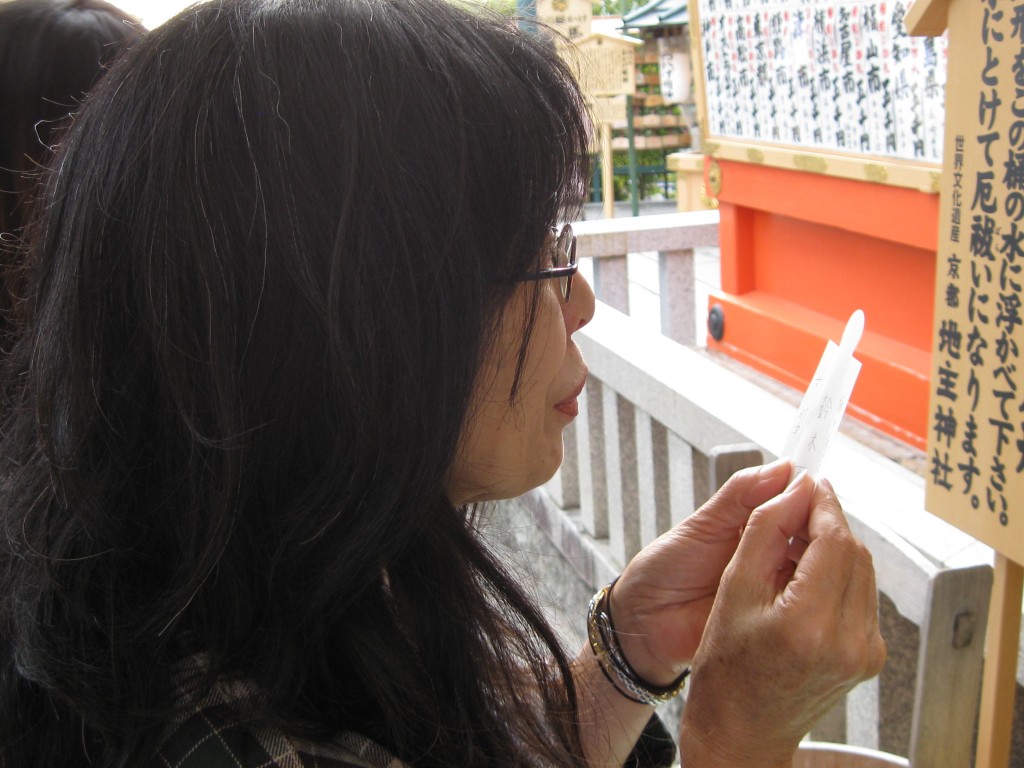
Next up for the LA shrine is Nagoshi no harae, the summer purification, and Rev Hasegawa spoke of how the aim was to renew and refresh after half a year of stress and ‘withered spirit’. In this year particularly there had been a lot of pent-up anxiety, which needs to be discarded. To facilitate this, her shrine was offering hitogata – human shaped cut-outs – which absorb the ‘kegare’ or pollution on behalf of the petitioner. (For more about this, with instructions how to obtain and use one, see the shrine website.)
All in all, this was an exciting and groundbreaking experience, allowing non-Japanese speakers access to a live Shinto ritual in which they could participate with near full understanding. It allowed participants to experience something of what Shinto is about, and according to Rev Hasegawa experiencing Shinto is the only true way to understand it.
The Corona virus has brought much tragedy with it, but it has also given pause for thought as to whether we want to revert to the practices of pre-virus times. The air is cleaner, and many have woken up to simple pleasures such as reading books and walking in nature. Without social distancing, perhaps we would not have had the benefit of Shusse Inari’s live streaming. Let’s hope that it becomes part of the new normality, and that isolated individuals spread around the globe with an interest in Shinto will be able to participate in this exciting new opportunity. Bravo, Hasegawa sensei!
*******************
Please note that while the online service was free, participants are asked to make a contribution through the shrine website. For contact information or to follow shrine activities, see one of the links below. (These will soon be joined by one for ‘The Kitsune Club’, the newly-named support group.)
www.ShintoInari.org
Instagram @ShintoInari
Facebook@ShintoInari
Twitter@ShintoInari
YouTube ShintoInari


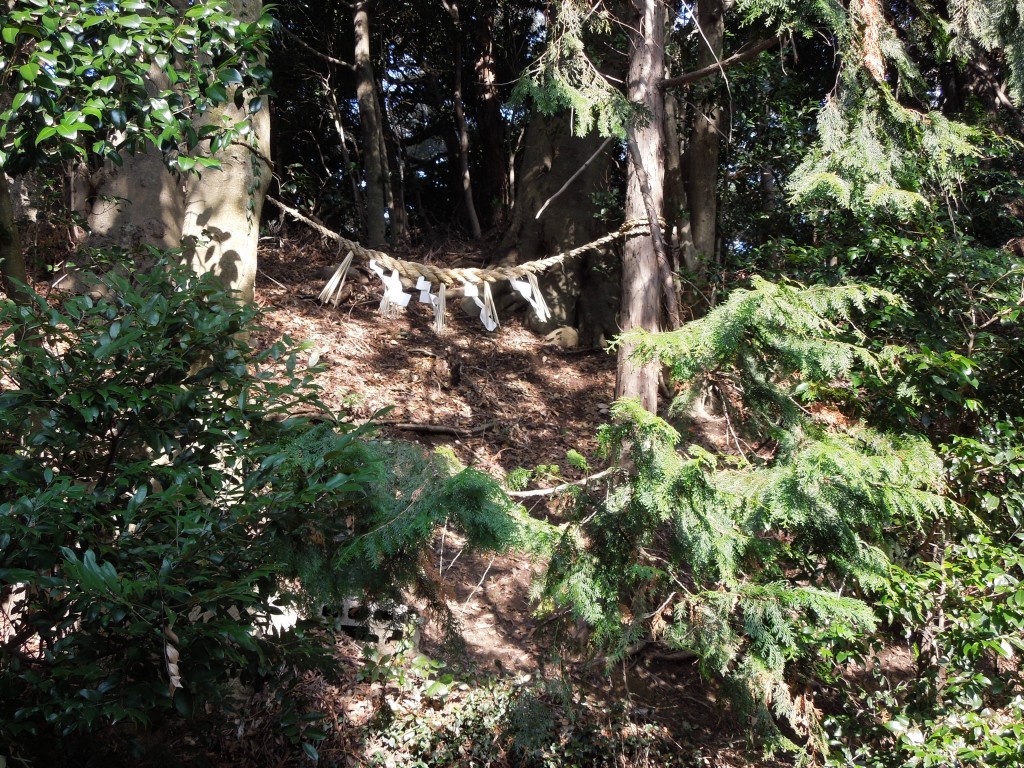
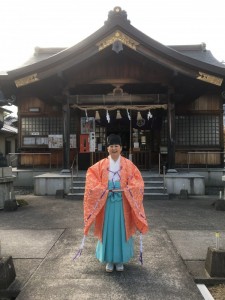
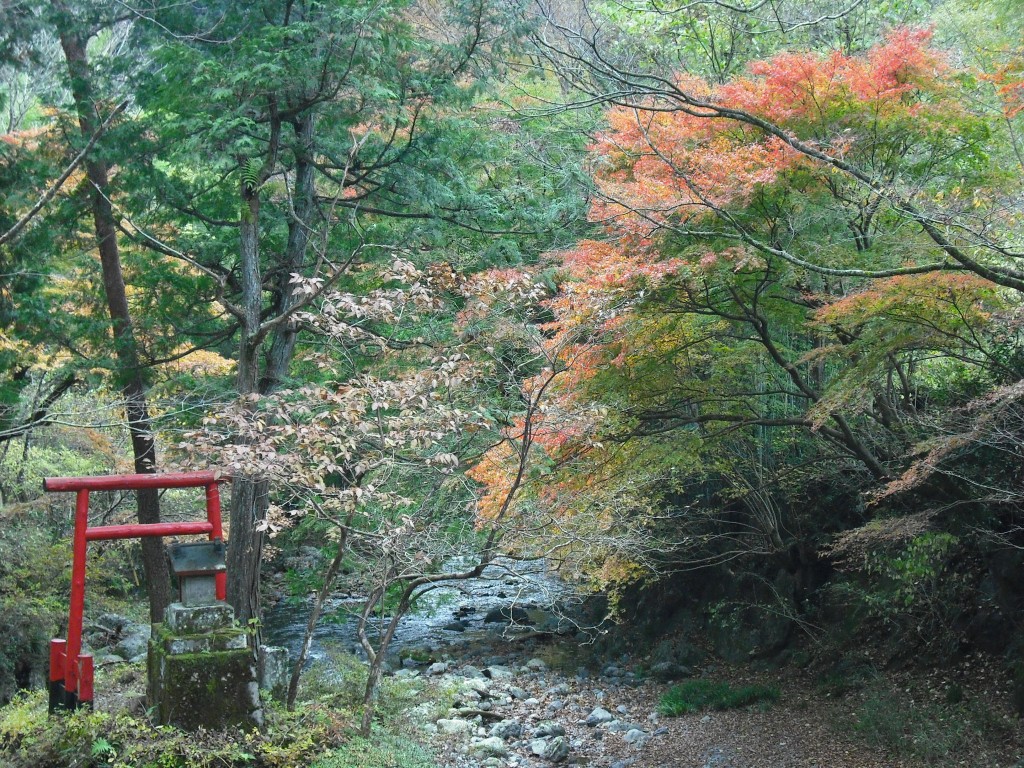
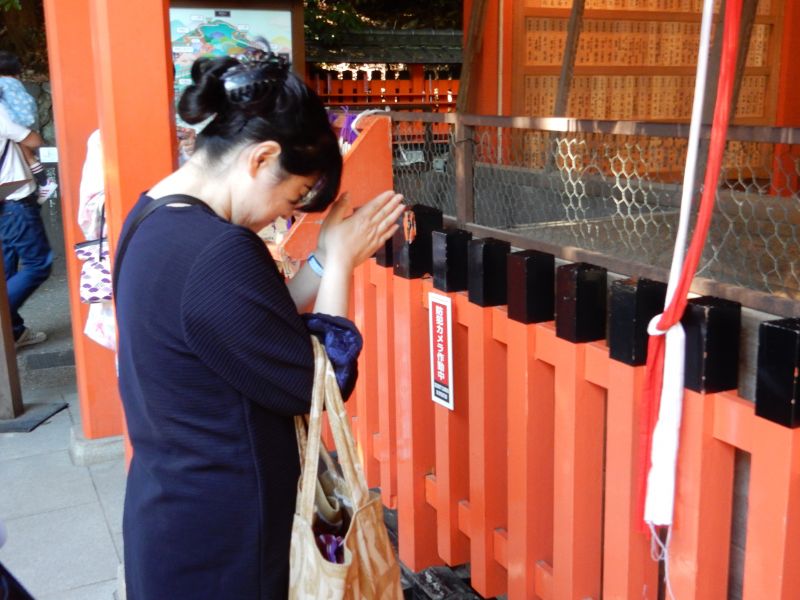
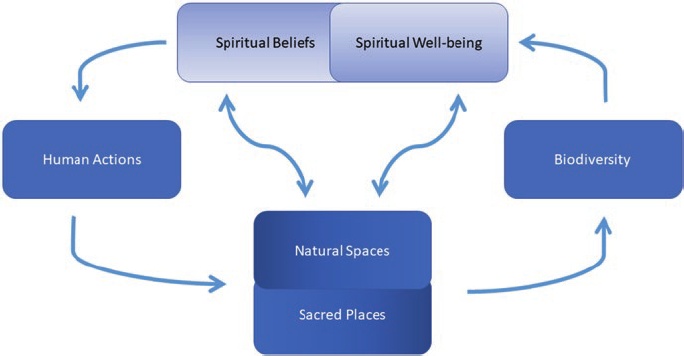 Biodiversity and Spiritual Well-being
Biodiversity and Spiritual Well-being
